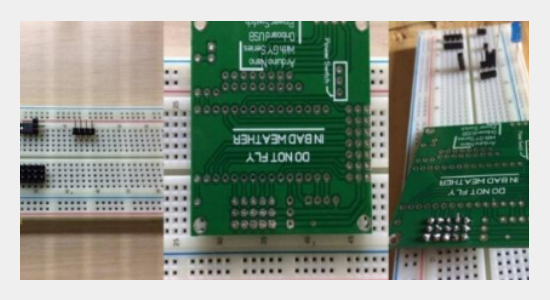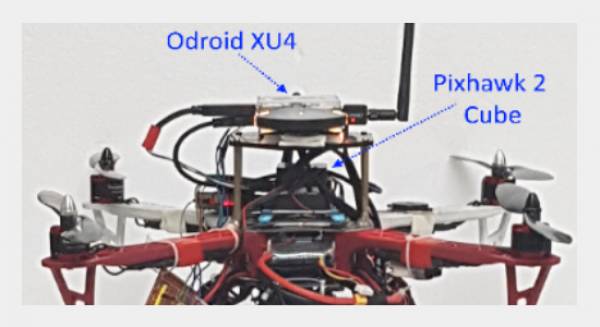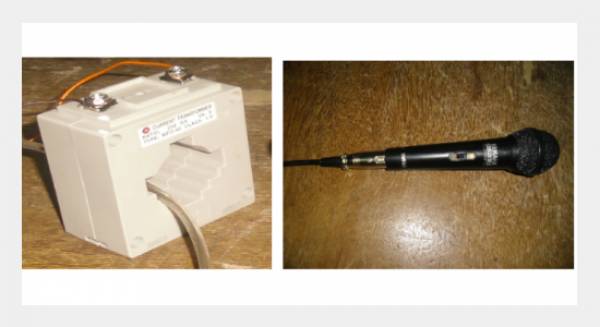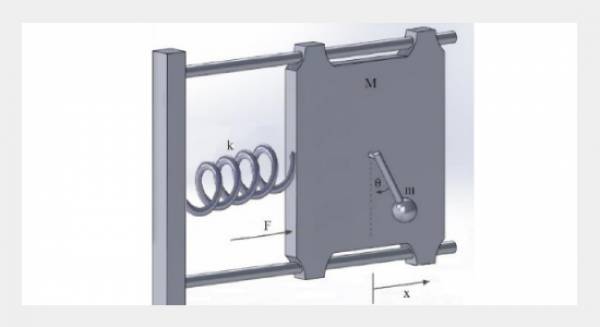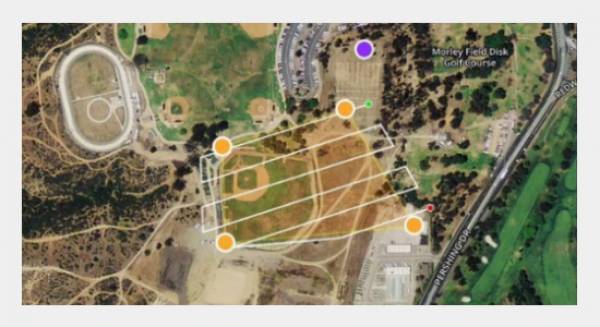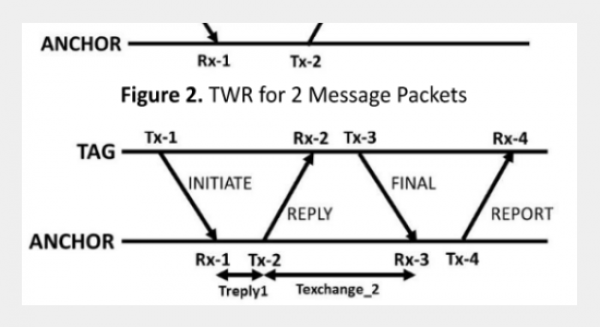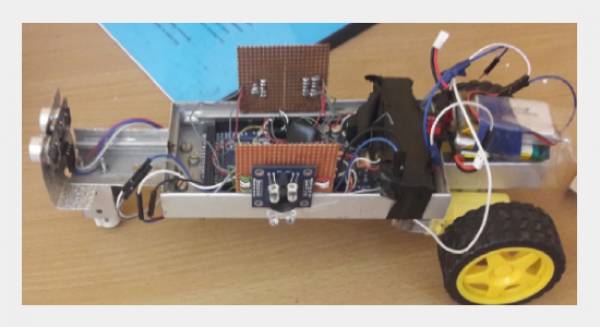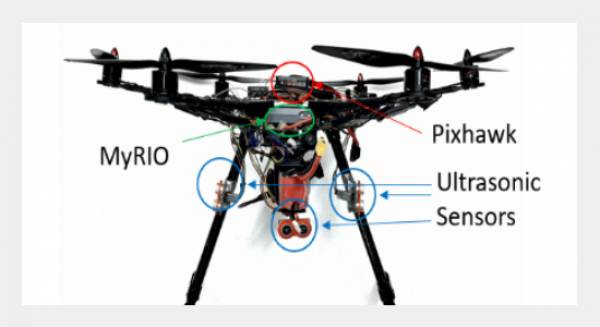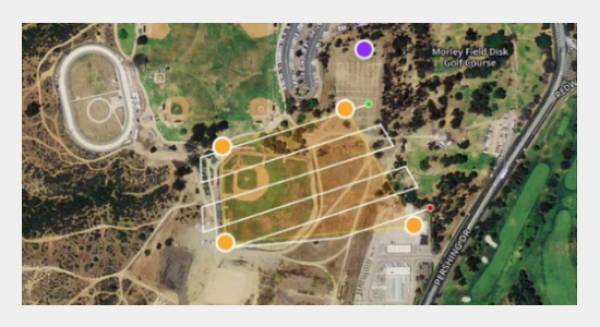REFERENCES
- [1] H. Hung, “Spotlight Editorial: Five Golden Years for Intelligent Automation Technology,” International Journal of Automation and Smart Technology, vol. 1, no. 1, pp. 19-20, 2011. https://doi.org/10.5875/ausmt.v1i1.103
- [2] H. Hung, Y.-C. Lin, S.-H. Li, H.-C. Yang, and F.-T. Cheng, “Design and implementation of a data exchange platform for TFT-LCD virtual production control systems,” International Journal of Automation and Smart Technology, vol. 2, no. 2, pp. 83-94, 2012. https://doi.org/10.5875/ausmt.v2i2.121
- [3] J. Tsai, H.-W. Lee, T.-N. Chau, and C.-H. Chao, “An Embedded System for Tracking Human Motion and Humanoid Interfaces,” International Journal of Automation and Smart Technology, vol. 2, no. 4, pp. 287-293, 2012. https://doi.org/10.5875/ausmt.v2i4.144
- [4] C. Yang, C.-H. Cheng, T.-W. Su, L.-W. Kung, C.-M. Jan, W.-C. Wu, and M.-N. Wu, “Intelligent Sensing Unit for Estimation Roughness of Electrical Discharge Machining,” International Journal of Automation and Smart Technology, vol. 7, no. 3, pp. 125-131, 2017. https://doi.org/10.5875/ausmt.v7i3.1431
- [5] Rabah, A. Rohan, S. A. S. Mohamed and S.-H. Kim, “Autonomous moving target-tracking for a UAV quadcopter based on fuzzy-PI,” IEEE Access, vol. 7, pp. 38407–38419, 2019. https://doi.org/10.1109/ACCESS.2019.2906345
- [6] M. Ferdaus, S. G. Anavatti, M. A. Garratt and M. Pratama, “Fuzzy clustering based nonlinear system identification and controller development of pixhawk based quadcopter,” in 2017 Ninth International Conference on Advanced Computational Intelligence (ICACI), 2017. https://doi.org/10.1109/ICACI.2017.7974513
- [7] M. Ferdaus, S. G. Anavatti, M. Pratama and M. A. Garratt, “A Novel Self-Organizing Neuro-Fuzzy based Intelligent Control System for a AR. Drone Quadcopter,” in 2018 IEEE Symposium Series on Computational Intelligence (SSCI), 2018. https://doi.org/10.1109/SSCI.2018.8628815
- [8] Jin, Q. Chen, Z. Chen, Y. Hu and J. Zhang, “Multi-LeapMotion sensor based demonstration for robotic refine tabletop object manipulation task,” CAAI Transactions on Intelligence Technology, vol. 1, pp. 104–113, 2016. https://doi.org/10.1016/j.trit.2016.03.010
- [9] F. Santos, L. M. Honório, E. B. Costa, E. J. Oliveira and J. P. P. G. Visconti, “Active fault-tolerant control applied to a hexacopter under propulsion system failures,” in 2015 19th International Conference on System Theory, Control and Computing (ICSTCC), 2015. https://doi.org/10.1109/ICSTCC.2015.7321334
- [10] H. Nguyen, K. W. Kim, Y. W. Lee and K. R. Park, “Remote marker-based tracking for UAV landing using visible-light camera sensor,” Sensors, vol. 17, pp. 1987, 2017. https://doi.org/10.3390/s17091987
- [11] Wang, Z. Man, Z. Cao, J. Zheng and Y. Zhao, “Dynamics modelling and linear control of quadcopter,” in 2016 International Conference on Advanced Mechatronic Systems (ICAMechS), 2016. https://doi.org/10.1109/ICAMechS.2016.7813499
- [12] L. Chen, C.-C. Chang, C.-C. Chen, T.-S. Chang, X.-H. Zeng, J.-W. Liu, Z.-W. Wang, and W.-C. Lu, “Developing an Ornamental Fish Warehousing System Based on Big Video Data,” International Journal of Automation and Smart Technology, vol. 8, no. 2, pp. 79-83, 2018. https://doi.org/10.5875/ausmt.v8i2.1693
- [13] M. Argentim, W. C. Rezende, P. E. Santos and R. A. Aguiar, “PID, LQR and LQR-PID on a quadcopter platform,” in 2013 International Conference on Informatics, Electronics and Vision (ICIEV), 2013. https://doi.org/10.1109/ICIEV.2013.6572698
- [14] R. Tang and Y. Li, “Dynamic modeling for high-performance controller design of a UAV quadrotor,” in 2015 IEEE International Conference on Information and Automation, 2015. https://doi.org/10.1109/ICInfA.2015.7279823
- [15] Ahmadinejad, J. Bahrami, M. B. Menhaj and S. S. Ghidary, “Autonomous Flight of Quadcopters in the Presence of Ground Effect,” in 2018 4th Iranian Conference on Signal Processing and Intelligent Systems (ICSPIS), 2018. https://doi.org/10.1109/ICSPIS.2018.8700556
- [16] Talha, F. Asghar, A. Rohan, M. Rabah and S. H. Kim, “Fuzzy logic-based robust and autonomous safe landing for UAV quadcopter,” Arabian Journal for Science and Engineering, vol. 44, pp. 2627–2639, 2019. https://doi.org/10.1007/s13369-018-3330-z
- [17] L. Stevens, F. L. Lewis and E. N. Johnson, Aircraft control and simulation: dynamics, controls design, and autonomous systems, John Wiley & Sons, 2015. https://doi.org/10.1002/9781119174882
- [18] T. Mac, C. Copot, T. T. Duc and R. De Keyser, “AR. Drone UAV control parameters tuning based on particle swarm optimization algorithm,” in 2016 IEEE International Conference on Automation, Quality and Testing, Robotics (AQTR), 2016. https://doi.org/10.1109/AQTR.2016.7501380
- [19] S. M. Sadigh, “Optimizing PID Controller Coefficients Using Fractional Order Based on Intelligent Optimization Algorithms for Quadcopter,” in 2018 6th RSI International Conference on Robotics and Mechatronics (IcRoM), 2018. https://doi.org/10.1109/ICRoM.2018.8657616
- [20] M. F. Silva, A. C. Ribeiro, M. F. Santos, M. J. Carmo, L. M. Honório, E. J. Oliveira and V. F. Vidal, “Design of angular PID controllers for quadcopters built with low cost equipment,” in 2016 20th International Conference on System Theory, Control and Computing (ICSTCC), 2016. https://doi.org/10.1109/ICSTCC.2016.7790668


